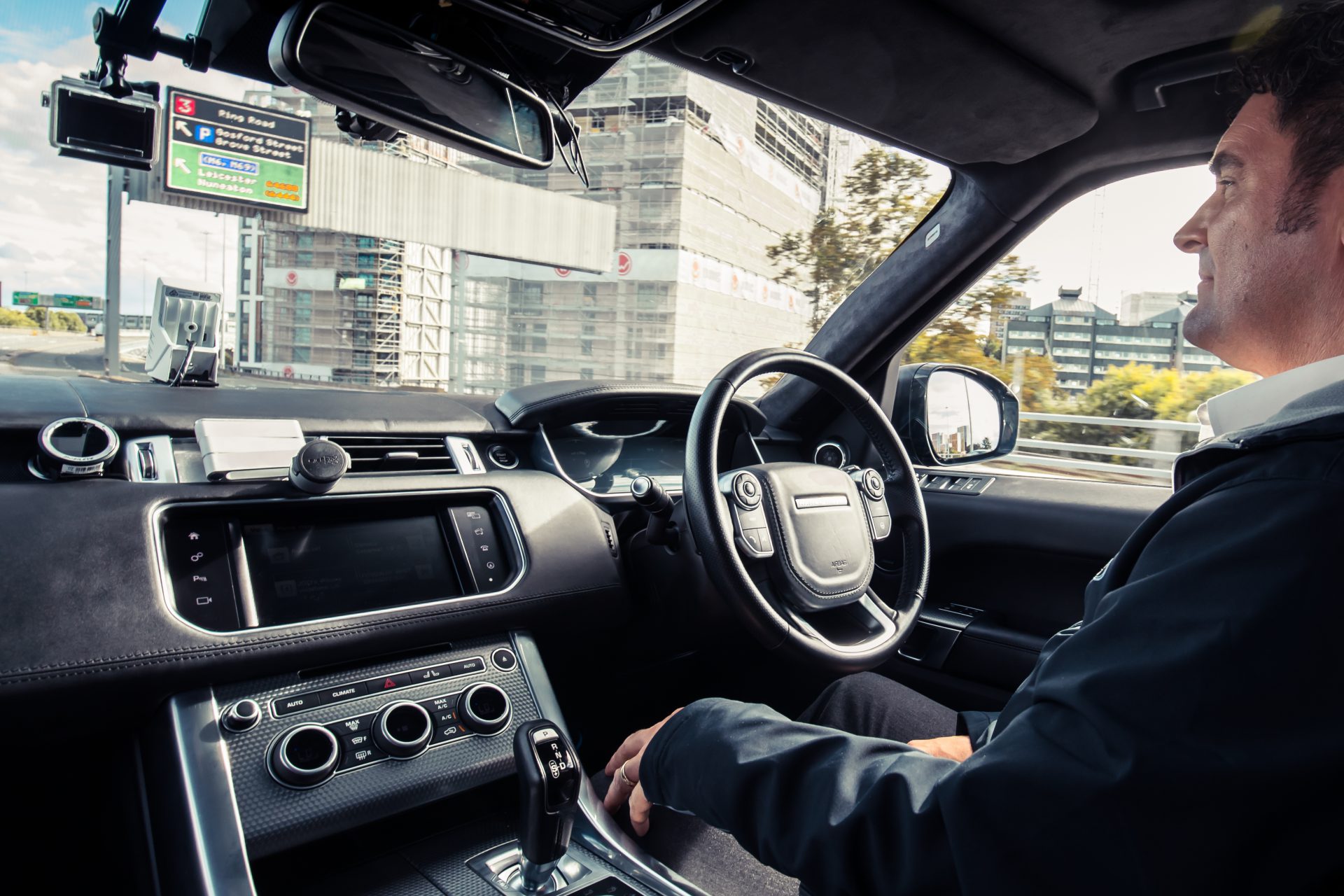

A production model Range Rover Sport modified with autonomous technology completed a lap around the Coventry Ring Road, a route that Jaguar Land Rover calls “one of the [U.K.’s] most challenging road layouts.” True to its name, the two-mile route circles around the English town of Coventry, which also serves as the home of Land Rover headquarters.
“The Coventry Ring Road is known for its complicated slip roads and exits. It makes for very challenging conditions, especially when under pressure in the rush hour,” says Mark Cund, Jaguar Land Rover’s head of autonomous vehicle research. “Our self-driving car is not impacted by the same pressure, frustrations or fatigue that a driver may experience and so it’s capable of turning a potentially very stressful situation into a completely stress-free one.”

In order to lap the Coventry Ring Road, Land Rover said a car would have to “handle junctions, slip roads and lane changes,” all while adhering to the road’s 40 mile per hour speed limit. For this task, the vehicle developers made use of the Range Rover Sport’s built-in adaptive cruise control, then added a suite of hardware features not found on the production vehicle. The hardware included a front-facing camera and radar sensor, lidar to scan surroundings at all four corners, wheel speed monitors, and an upgraded GPS to better judge the car’s location. These modifications allowed the Range Rover to navigate the ring’s many lane changes and junctions on its own.

The vehicle was created in conjunction with a government-funded project called “UK Autodrive.” As part of that program, Jaguar Land Rover has also been developing a networking system that could allow self-driving cars to communicate with each other, and with traffic lights. The automaker’s current plan is to have vehicles with autonomous tech available to buy within the next ten years. Even when production self-driving car tech becomes a reality, the company stated it will still continue to give customers the option of taking the wheel themselves.